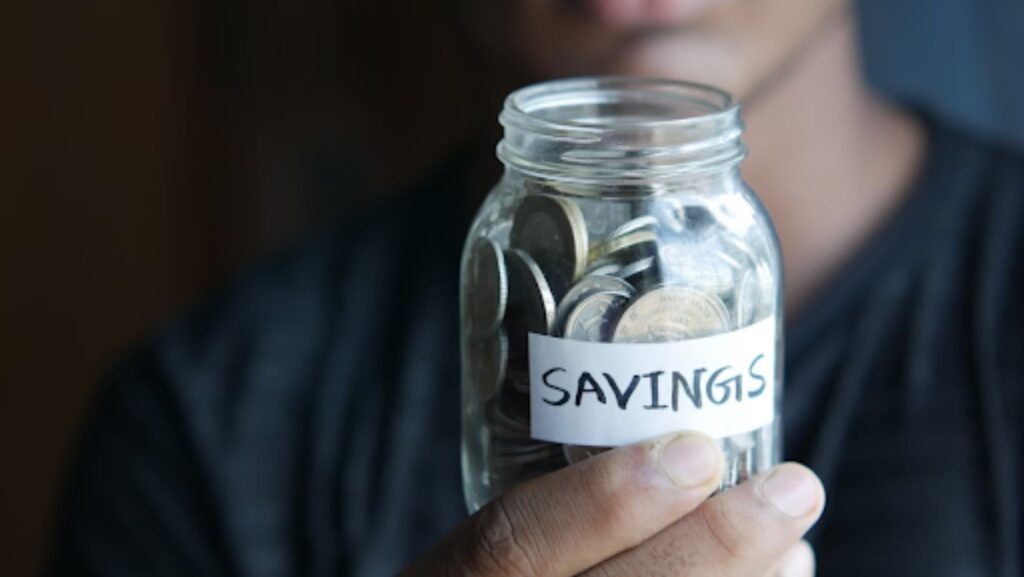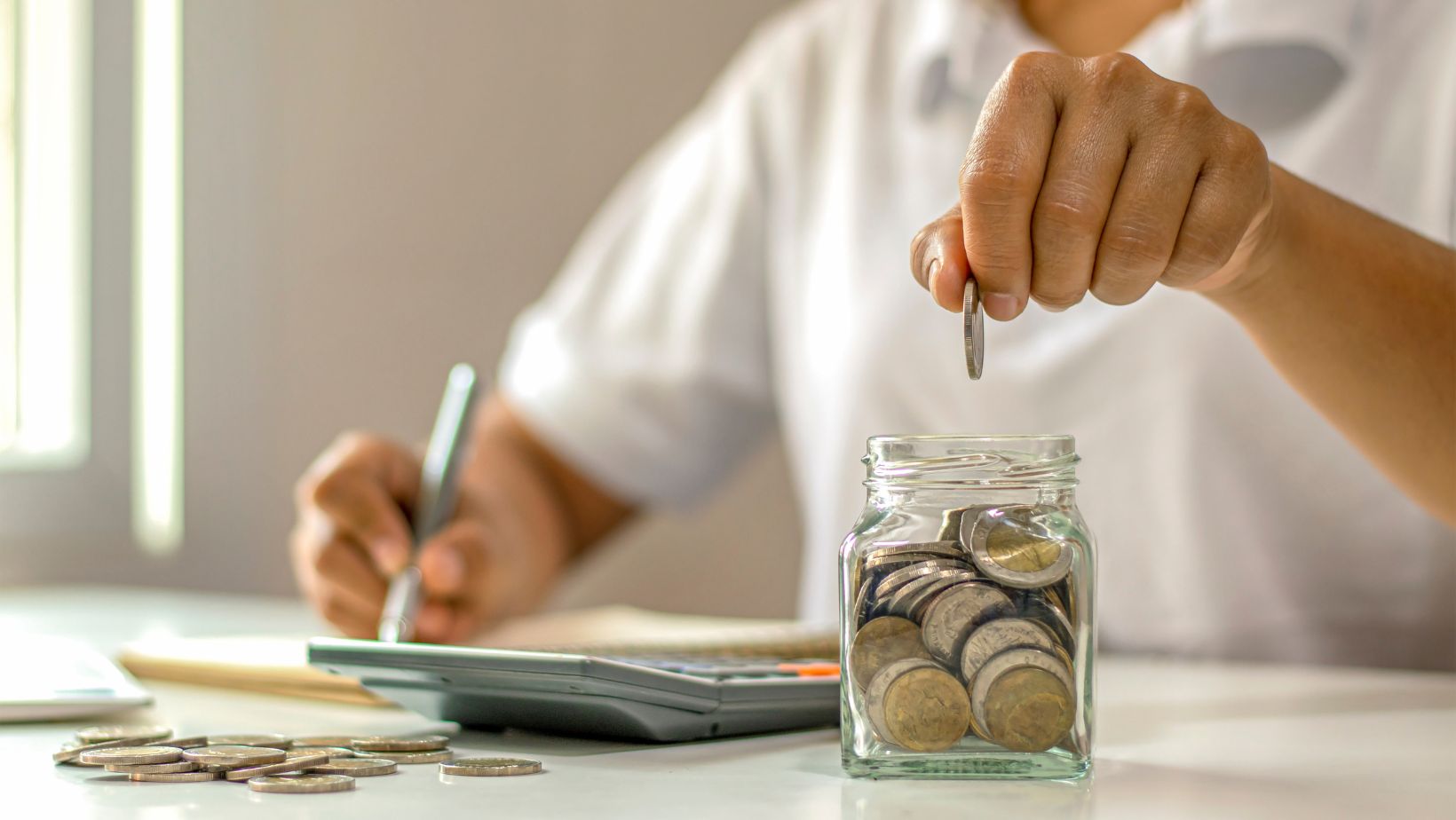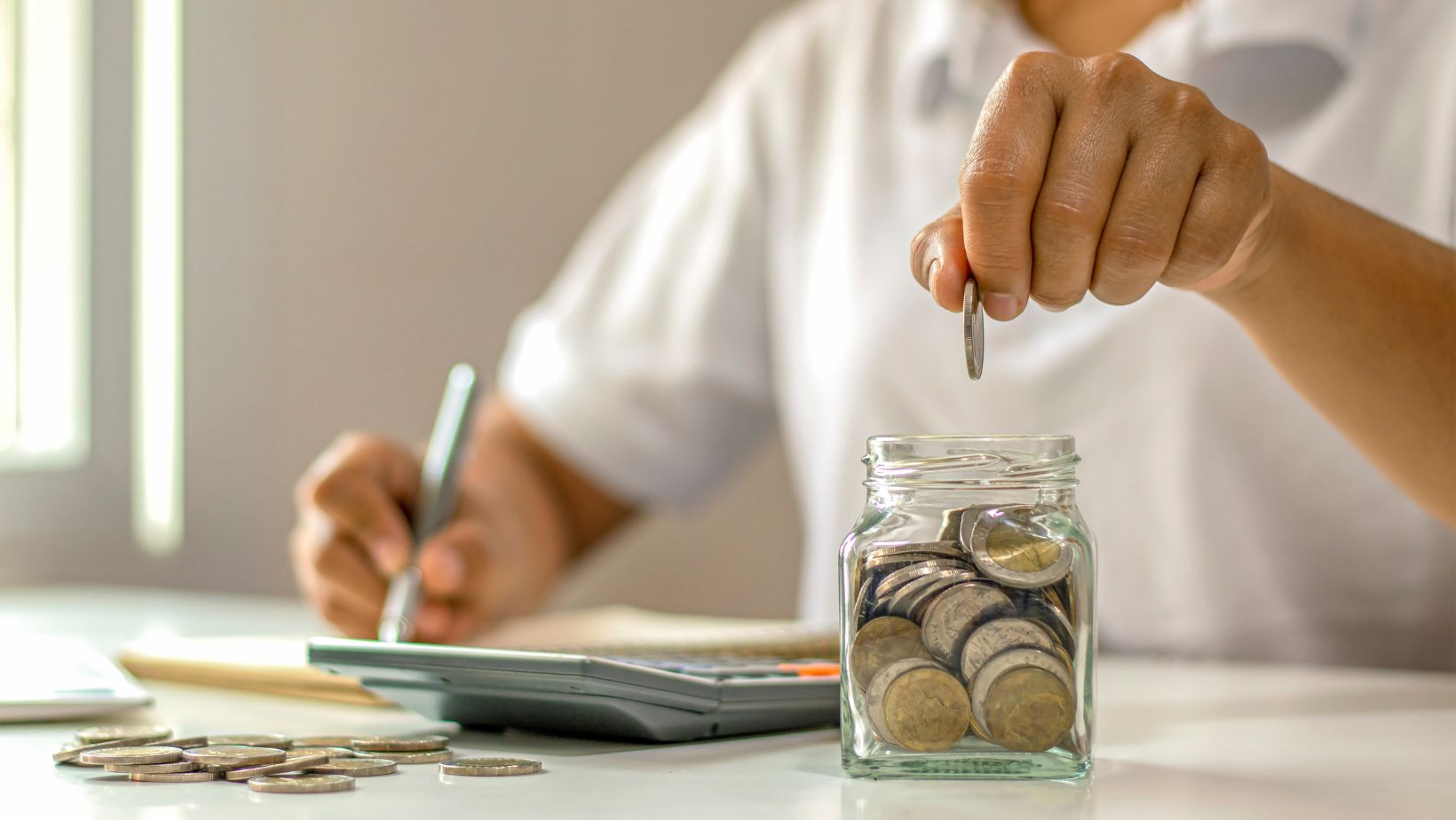
There may come a time when you realize you want a new car, somewhere to call home, or a tropical vacation. With no savings, it becomes apparent that you need to start saving money to pay for big-ticket items now and in the future.
However, being new to saving money can mean you’re not an expert in how to do it proficiently. While everyone achieves their savings goals in different ways, you may be on the road to savings success by avoiding these common mistakes:
Not Having a Savings Goal
While not everyone has a savings goal, having one can be helpful if you know you won’t prioritize saving money otherwise. Think about what you want the most in life, such as a downpayment for a housing loan through Associates Home Loan, enough money to cover an emergency bill, or the tag price of a new car. When you have a savings goal in mind, you might be more motivated to set money aside each paycheck and watch your balance blossom.
Using a Low-Yield Savings Account
Low-yield savings accounts are more than adequate for everyday funds you’ll use for essentials like utilities and groceries. However, as soon as you start saving for your dream home or another significant purchase, they no longer align with your goals.

Low-yield savings accounts earn minimal, if any, interest. This can mean your money’s value is more likely to depreciate than appreciate. When you’ve decided to start saving, open a high-yield savings account with your bank. As long as you don’t touch your savings until the time is right, you can earn interest on the money that’s in there.
For those looking to maximize their savings potential, searching for terms like “with a high interest savings account Singapore” and “best savings strategies” can provide valuable insights into growing your wealth efficiently. By choosing a high-yield account, you can make your money work harder for you, ensuring your savings grow steadily over time.
Spending First, Saving Last
Some people start saving with the mindset that they’ll spend their weekly paycheck and save anything left over. That can be a dangerous game to play if you don’t have a regular spending budget. There are never any guarantees that you’ll have money left over at the end of the week, making it much harder to achieve your savings goals in your desired timeframe.
Instead of saving being an afterthought, make it your priority. Set up an automatic payment to come out of your main bank account into your savings account each time you receive your paycheck. You can then put any additional disposable income into that account at the end of the working week to top it up.
Only Having One Savings Account
When you only have one financial goal, such as homeownership, it makes sense to have only one savings account. All your spare money can go into that account until you have enough money for a home loan.

However, you may have other wants and needs in the meantime. After all, it can take several years to obtain a 20% downpayment. Rather than dipping into your main savings account when you need to purchase something, open additional savings accounts and contribute a smaller regular amount into them. You can then keep your main savings protected while still treating yourself along the way.
No one is perfect when it comes to their finances. We all make financial mistakes that threaten to set us back. However, awareness of the most common ones may mean you can start your new savings journey on the right foot.










